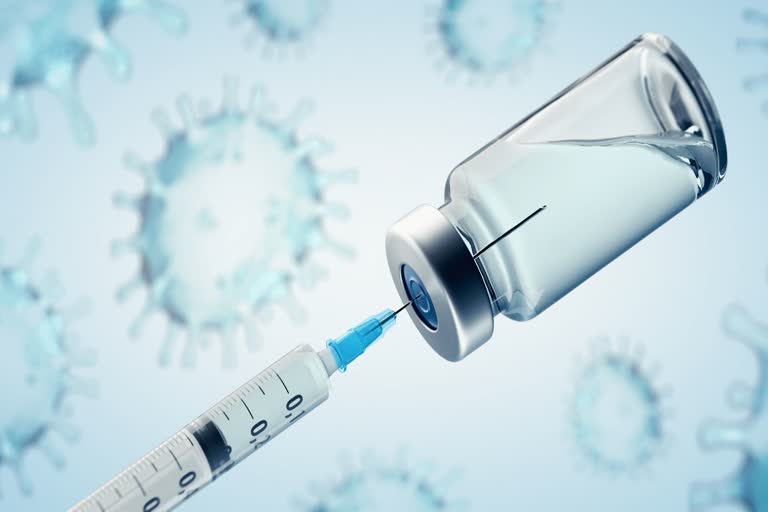The team has demonstrated the application of the method with a new vaccine for use against tuberculosis (TB), which has generated a powerful protective immune response in mice, according to a study published in the journal Proceedings of the National Academy of Sciences.
Researchers are keen to develop the vaccine strategy further to assist in the rapid pre-clinical testing of new vaccines, particularly for respiratory illnesses." The challenge is to ensure that our immune cells see both the protein and adjuvant simultaneously," said Anneliese Ashhurst from the University of Sydney.
"To overcome this difficulty, for the first time we have developed a method that synthesizes the protein with an attached adjuvant as a single molecule." The vaccine strategy and synthetic technology could be deployed to rapidly generate new vaccines for pre-clinical testing for a range of diseases, including the respiratory pathogen that causes Covid-19, said the researchers.
How does it work?
In order for vaccines to be effective, they need to stimulate behavior in protective T-cells that allows them to recognize the pathogen as an antigen, or foreign body. In the case of tuberculosis, our immune system needs to respond quickly to the bacteria that causes TB -- Mycobacterium tuberculosis -- to reduce infection in the lungs.
Using the method developed by the Sydney scientists, an inhaled vaccine provides a low-dose immune-stimulating molecule -- containing a synthesized bacterial protein attached directly to an adjuvant -- to the immune cells in the lungs.
A major hurdle overcome by the scientists was the difficulty in fusing hydrophobic (water-repellent) adjuvants with a water-soluble protein antigen. "We got around this problem of keeping hydrophobic and hydrophilic molecules together in a vaccine by developing a way to permanently bind the protein and adjuvant together as a single molecule using synthetic chemistry," said Richard Payne, Professor at the University of Sydney.
"Our approach overcomes the solubility problems faced by other methods." The team said that synthesizing an entire bacterial protein with an attached adjuvant has not been achieved before.
The other major advantage of this method is that vaccines for a range of diseases can be developed rapidly and safely in the laboratory. "We don't need to grow the actual pathogen in the lab to make the vaccine," said Ashhurst. "Using this new method, we can rapidly and safely synthesize highly pure vaccines in the lab and take them straight into animal models for pre-clinical testing."



